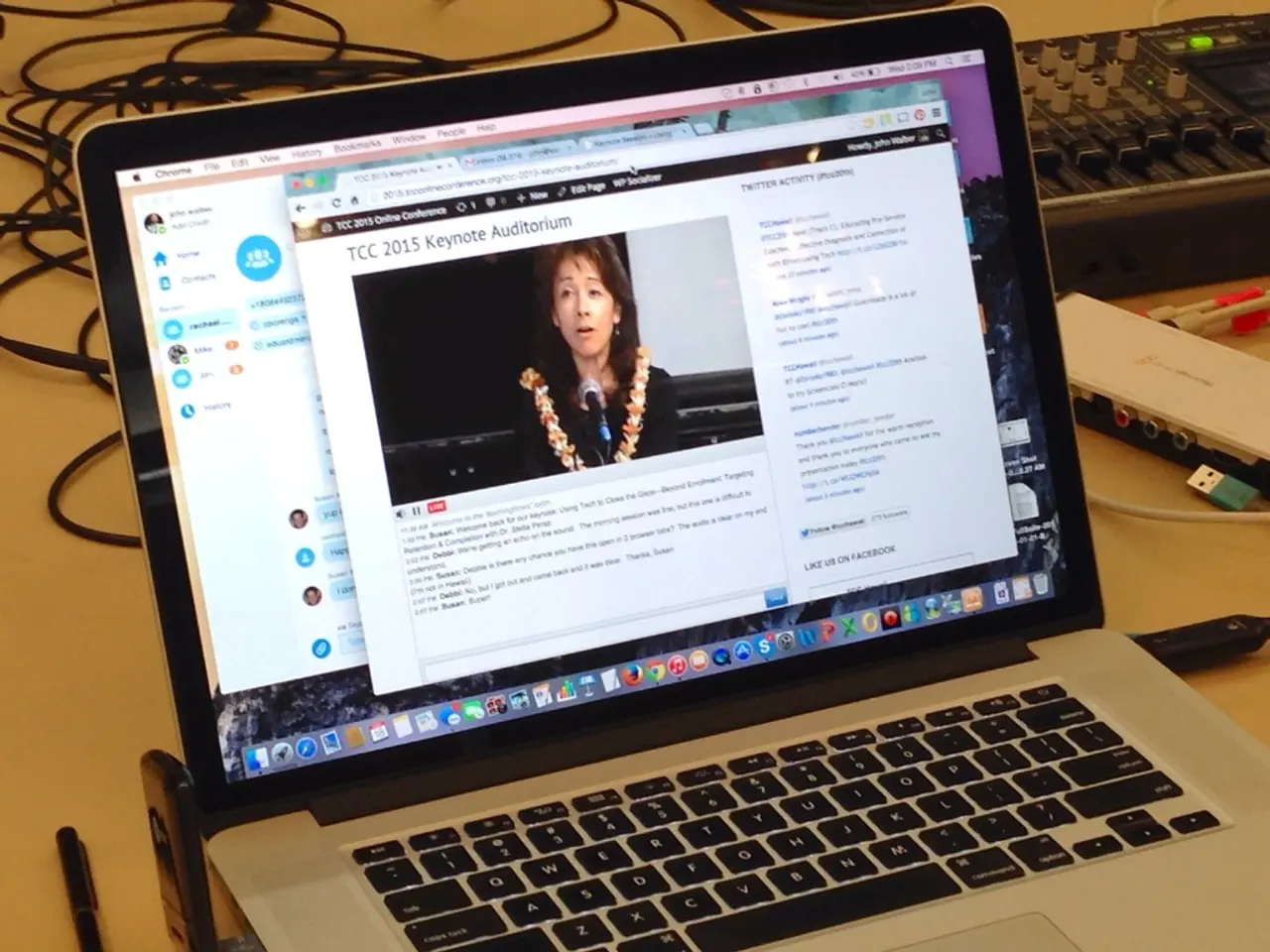The Importance of Working Memory in Implementing Successful Time Management Methods
=========================================================================
In today's fast-paced world, the ability to manage tasks efficiently and maintain productivity is crucial. Two key factors that significantly contribute to this are working memory and task management skills.
Working memory plays a pivotal role in task management and productivity by temporarily holding and manipulating information, allowing individuals to maintain focus, organize tasks, and switch between them effectively. A strong working memory enables better prioritization of tasks, planning of steps, and resistance to distractions, all of which enhance performance and efficient use of time.
The influence of working memory on task management and productivity is profound. Working memory supports task prioritization and segmentation, helping break complex tasks into manageable parts and reducing cognitive load during switching. It also reduces decision fatigue by enabling clearer focus on what matters most, facilitating the ability to say "no" to distractions, thus preserving mental energy for important tasks. Strong working memory improves executive control, allowing smoother task switching and sustained attention, which in turn improves overall productivity and reduces mind-wandering.
Impaired working memory, due to factors such as fatigue or stress, can negatively impact attention, decision-making, and the ability to hold multiple task steps in mind, lowering productivity.
Fortunately, there are strategies to boost working memory for improved performance. These include meditation and mindfulness, the Pomodoro Technique, task prioritization and segmentation, eliminating distractions, physical exercise, automating repetitive tasks, and the two-minute rule.
Regular meditation enhances executive control, reduces mind-wandering, and improves task switching by strengthening attention networks in the brain. Practicing deep breathing or guided meditation can also aid concentration during work. Working in focused intervals followed by short breaks, as in the Pomodoro Technique, limits cognitive fatigue and helps maintain working memory function over longer periods. Organizing and chunking tasks based on importance and deadlines, reducing the burden on working memory and lowering task switching costs, is another effective strategy. Minimizing interruptions, such as turning off phones and blocking distracting websites, prevents working memory overload and preserves concentration. Regular physical activity boosts blood flow and brain function, improving working memory capacity and attention. Reducing working memory load by automating repetitive tasks and immediately completing simple tasks under two minutes also helps.
In addition to these strategies, various tools can aid in boosting working memory and improving productivity. Note-taking apps like Evernote and Microsoft OneNote allow for quick capture and structured organization of information for easier retrieval. Calendar apps like Google Calendar allow setting reminders for tasks and deadlines, helping prioritize and remember key events. Mobile notifications from task apps prompt about due dates, ensuring nothing slips through the cracks.
Task management tools like Trello and Asana enable visual tracking of progress and breaking large projects into smaller, manageable tasks. Digital assistants like Siri or Google Assistant can help schedule tasks and set voice-activated reminders for efficient time management. Numerous software options, such as Trello, Asana, Evernote, Microsoft OneNote, and MindMeister, can bolster working memory by managing tasks effectively and organizing information. Mind mapping software, such as MindMeister, helps in visually arranging ideas for efficient thought organization.
Implementing reminders and alerts can significantly reduce cognitive load, making it easier to manage tasks and maintain productivity. A membership is available for women who want to improve their executive function skills, providing a supportive community and resources for learning and growth.
In summary, working memory is foundational for managing tasks and sustaining productivity by maintaining focus, supporting task organization, and facilitating task switching. Strategies such as meditation, structured work intervals, prioritizing tasks, eliminating distractions, and physical exercise effectively boost working memory and thereby improve performance in task management and productivity.
- To maintain productivity and efficiently manage tasks, it's essential to strengthen working memory and task management skills.
- A strong working memory enhances productivity by enabling better task prioritization, planning, and resistance to distractions.
- Regular meditation can help boost working memory and improve task switching, leading to enhanced executive control and productivity.
- The Pomodoro Technique, a method of working in focused intervals followed by short breaks, helps maintain working memory function and reduces cognitive fatigue.
- Implementing organization strategies like breaking complex tasks into manageable parts, minimizing interruptions, and using task management tools can aid in improving working memory and productivity.
- Women who strive to enhance their executive function skills can join mastery programs and benefit from supportive communities and resources for learning and personal growth.




